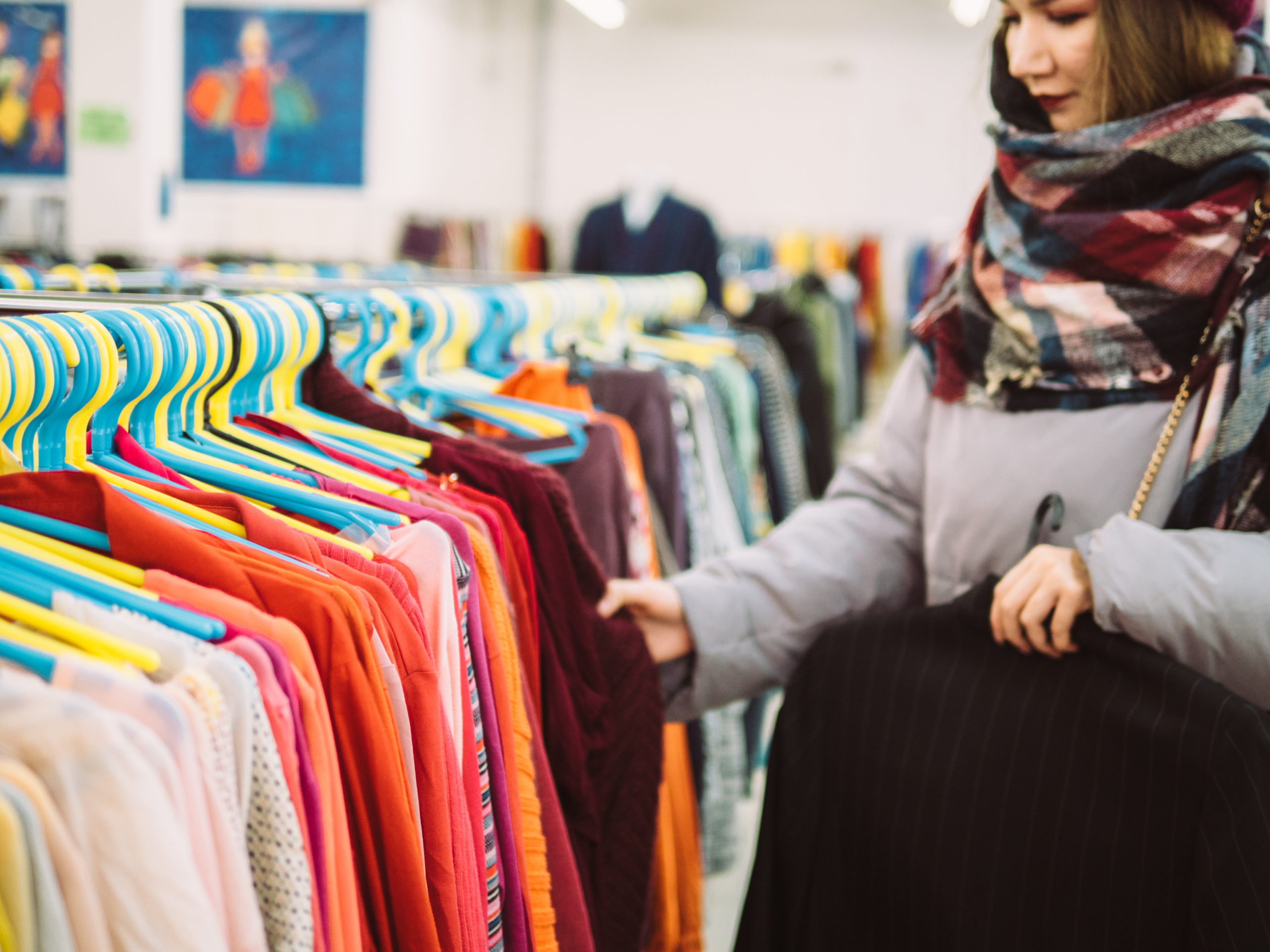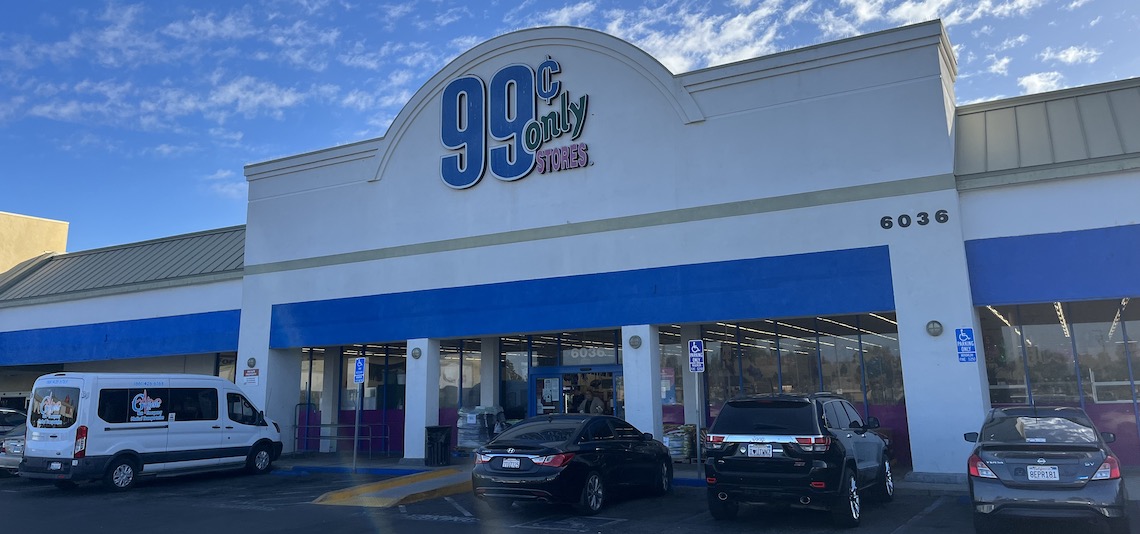
Over the course of the quarantine, I have had much time on my hands to scroll through the popular app, TikTok. What was on my For You Page (videos tailored to your interests) ranged from: baking, dancing, petitions, and most frequently, clothing hauls.
Before the pandemic, the popularity of thrift stores soared because they are an eco-friendly way of staying on top of clothing trends. More and more people have been seeking out thrift stores for closet makeovers. It’s now trendy to buy second hand and create your own personal styles in an affordable and ethical manner and the one-of-a-kind pieces that you can find are endless.
On TikTok, many have been making content showcasing their purchases and how to find the best items. These creators are buying these clothing pieces and upcycling them, bringing the once worn out clothing to life. Thrifting is an affordable and sustainable way of supporting fashion, so I understand the appeal, especially when sustainable clothing brands such as Reformation or Pact have hefty prices ranging from $50 and up. Not everyone has the budget to spend $50 on a single article of clothing.
The increase in buying from thrift stores is good for the environment and affordable for many, but it comes with a cost.
Many people have been taking advantage of thrift stores. As I continued scrolling on TikTok, I came across a video of some influencers known for making videos of their thrift finds being exposed. These girls would showcase their clothes and try them on. It was revealed that they would buy clothes and sell them for a higher price than what they bought them for. For example, a once $3 children’s tee had become a $60 “vintage crop tee.”
The girls would market children’s clothing as vintage garments and sell them for much more on another site called Depop, a website where people can sell items and grow a following.
Essentially, they were price gouging on used goods. The problem with this is that many of these people are purchasing from stores in low income areas. This has led to an increase in prices, making it unavailable to those who can only afford to shop at thrift stores.
An employee at Emerald Thrift Store in Fresno, California said that while this is true, “people coming in and shopping is good for business.”
Thrifting keeps clothes out of landfills and provides jobs for many. It certainly is good for the environment and the surplus of donations keep the stores stocked with clothes.
But it’s ironic how thrifting was once looked down upon, and now people have made it a trend. Thrifting is a necessity for some while a pleasure for others, but keep in mind that you could be taking away someone’s only option for affordable clothing.


